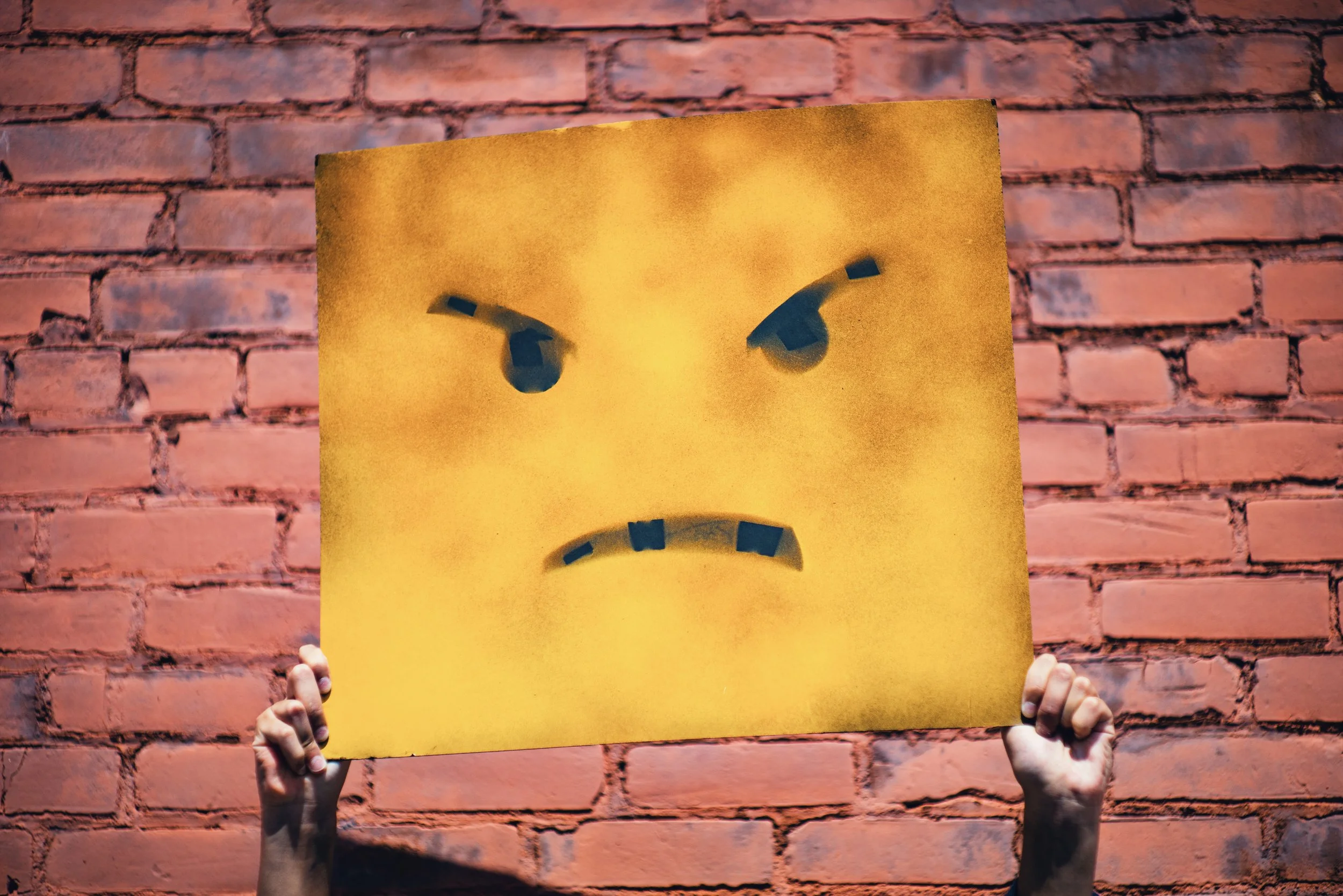What triggers you?
Understanding your triggers and why they occur is a great step to personal growth. As Carl Jung said, “Everything that irritates us about others can lead us to an understanding of ourselves”. Are you ready to embrace this opportunity to grow?
Your best-self shows up without annoyance. Your ability to tap into your intuition, your well of creativity, your propensity to grow, enhance your impact and move in the direction of your desires and goals occurs smoothly and rapidly in the absence of annoyance.
In the presence of annoyance, once provoked, your attitude alters. Your tone changes and shifts the lexicon of words and phrases you use. Whilst this may cause a new reaction (in response to the annoyance trigger) the chances are it will not cleanly and thoroughly move you past the annoyance and enable you to be at your best.
I notice in leaders and team members their personal reactions and triggers as they shift their face and/or body position in the annoyed state. Unless you are a world class poker player, every colleague will detect your changed state and alter theirs to counter you, to mirror you, to appease you or to justify. This further compounds the less than optimal connection and ensuing chances of collaboration.
You don’t HAVE to do anything about this – you may have become so used to tripping your ‘annoyed-switch’ that you lose awareness that it has actually happened. But in my observations, this could be a hugely significant moment for personal growth and to raise your leadership game.
Begin again, awakened to your annoyed-response and what triggers you. For the week ahead make a list, don’t judge it or overthink it, simply capture the triggers. At the end of your week look for patterns- people, situations, styles.
Make a note of your responses – are there common pattern responses? Changes in your behaviour, language and approach? Don’t judge this (yet) simply notice. What might they be about? Which of your ‘buttons’ are being pushed?
Ask yourself the question: “What is it about this annoyance that could involve me, that could be about me?” Don’t judge or conclude, but also ask yourself the question – “What other response options could I employ?”
It may be as simple as introducing a neutral pause, taking a breath to reset and perhaps making a conscious choice to introduce an interested or curious response before your pattern reaction kicks in.
And remember - let it go (see The Attitude Book)! The faster you move through annoyance, the faster you will return to the best of you.
Here’s to annoyed-less, simple-more!
Simon
